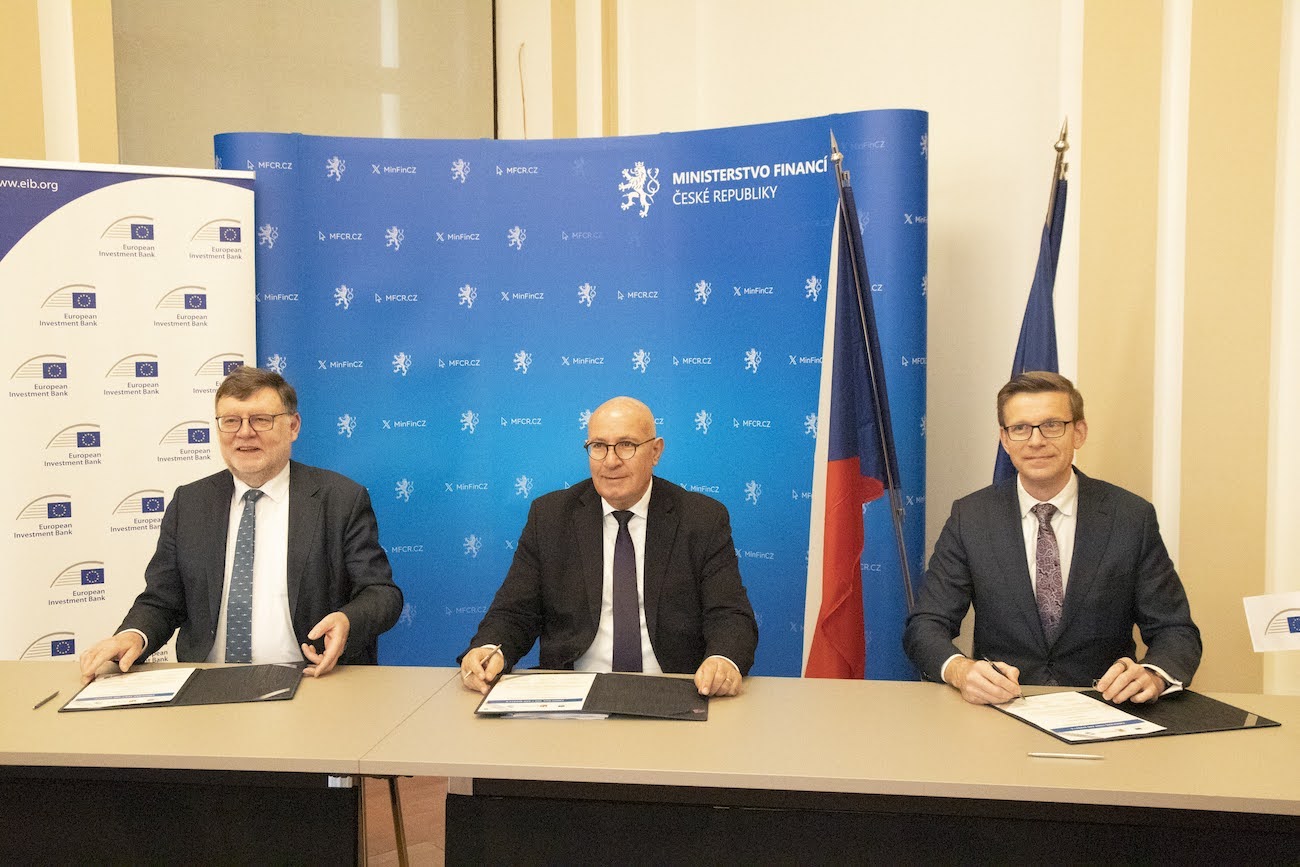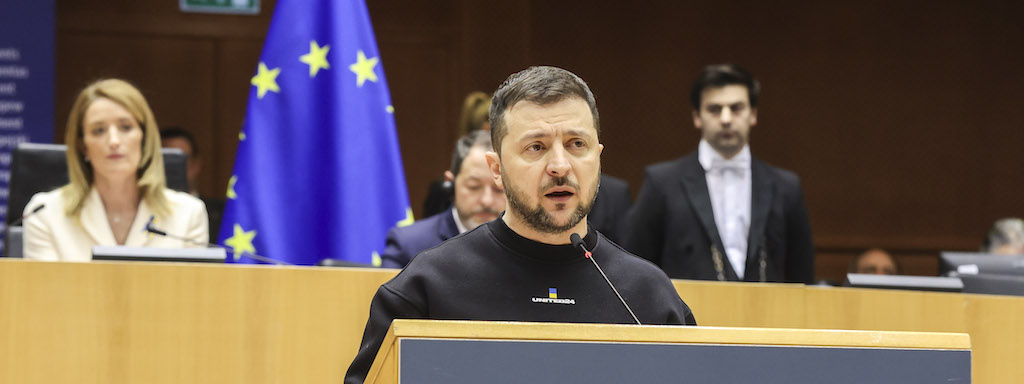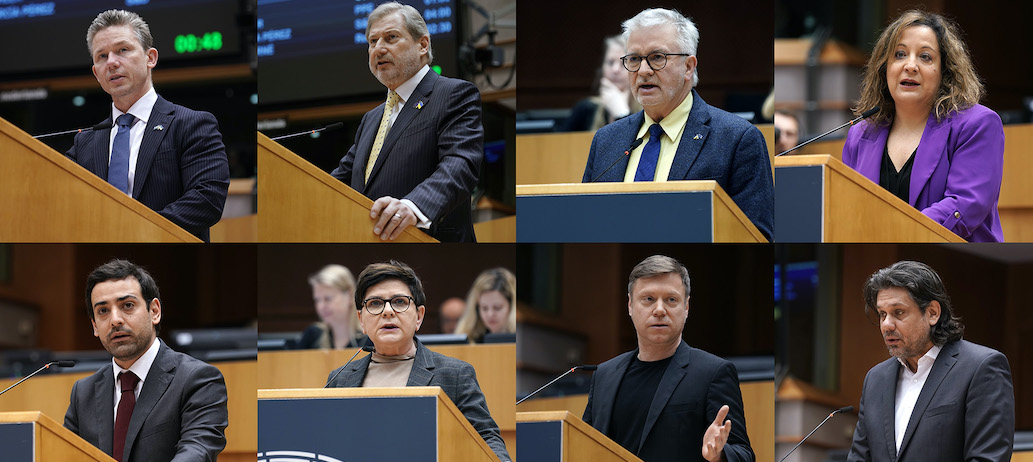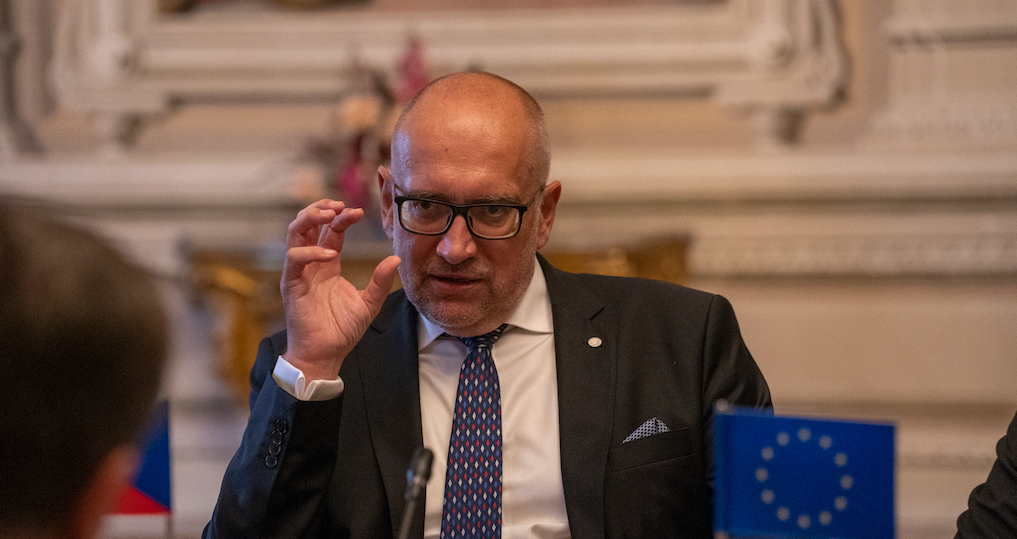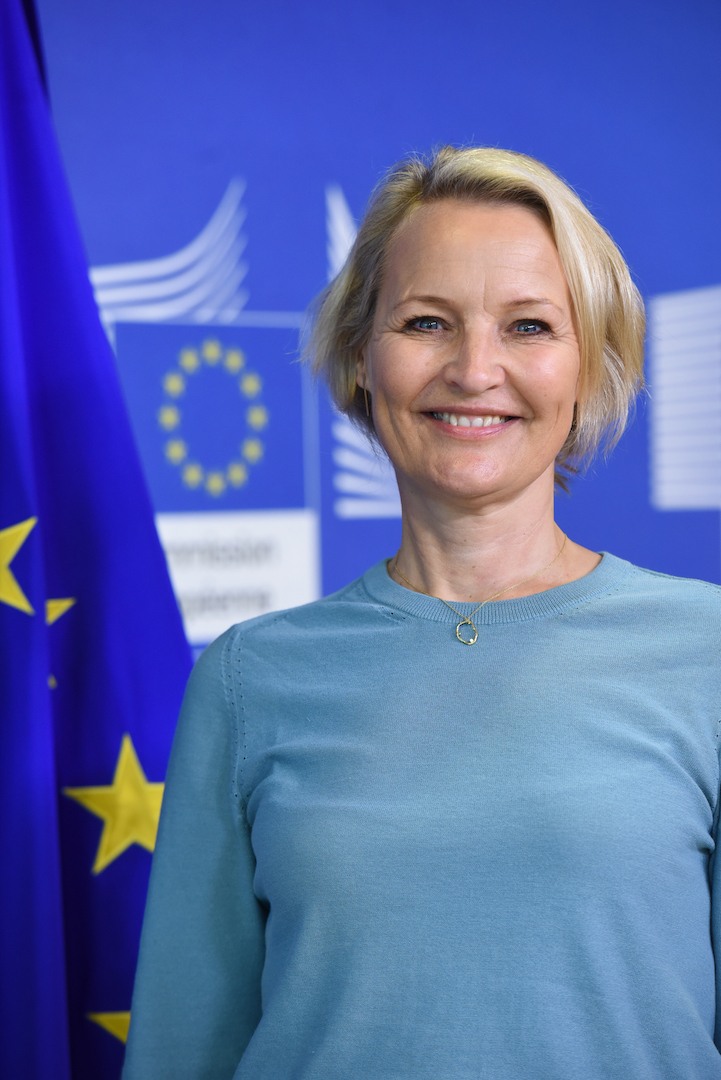
What is offshore renewable energy?
Offshore renewable energy can come from a diversity of abundant, natural and clean sources. The technologies to exploit them are at different stages of development.
• Offshore bottom-fixed wind is already advanced, with 12 GW installed today in EU waters.
• Floating offshore wind has an installed capacity of 40MW and some Member States are announcing large commercial projects.
• Ocean energy technologies such as wave and tidal devices, with a current installed capacity of 13 MW, are reaching a level of maturity that makes them interesting for future applications.
• Additional technologies, such as biofuels from algae (biodiesel, biogas and bioethanol), floating photovoltaic installations and thermal energy conversion are at an early development stage today, but could be promising for the future.
How does this strategy help to reach the goals of the European Green Deal?
The decarbonisation of the power sector through renewable energy is one of the key elements of the European Green Deal. Offshore renewable energy is among the technologies with the greatest potential to scale up, given the great number and variety of sea basins in the EU and the steadily falling costs of new installations. Scaling up offshore renewable power generation would increase the direct use of electricity in a wider spectrum of end uses in our economy. It would also support indirect electrification through renewable hydrogen and other decarbonised gases. The Impact Assessment accompanying the 2030 Climate Target Plan projects that an estimated capacity of 300 GW of offshore wind would be needed to build an integrated, greener and climate neutral energy system for 2050, to be complemented by around 40 GW of ocean energies. This strategy shows how we can deliver on that capacity.
Is this Strategy beneficial for all Member States?
The EU has the largest maritime space in the world and is in a unique position to develop offshore renewable energy.
• The North Sea has a high natural potential for offshore wind thanks to shallow waters and localised potential for wave and tidal energy.
• The Baltic Sea offers a high potential for offshore wind and some localised potential for wave energy.
• EU Atlantic countries have a high offshore wind potential (both bottom-fixed and floating) and good natural potential for wave and tidal energy.
• The Mediterranean Sea offers a high potential for offshore wind (mostly floating) and localised potential for tidal and wave energy.
• The Black Sea offers a good natural potential for offshore wind (bottom-fixed and floating) and localised potential for wave energy.
• EU islands have large potential in marine energies and can play an important role in the EU’s offshore energy development. They provide attractive testing and demonstration grounds for innovative offshore electricity generation technologies.
The industrial activity underpinning offshore energy, including construction of towers and foundations, cable suppliers and vessels operators is spread across the EU. For example, wind turbine components are manufactured in Austria, Czechia and inland regions in Spain, France, Germany and Poland. Today, 62,000 people work in the offshore wind industry in Europe and around 2,500 in the ocean energy sector.
The energy generated will feed into the energy grid for the whole EU, reducing our dependence on imported fossil fuels and benefitting EU consumers wherever they may live.
How does this Strategy help Europe’s economic recovery from the Covid-19 crisis?
The massive deployment of offshore renewable energy will act as a catalyst for the sector, fostering economic growth and job creation in all parts of the renewable energy supply chain. The offshore renewable technology sector is already outperforming the conventional energy sector in terms of value added, labour productivity and employment, and can provide a strong contribution to economic growth in the EU over the coming years.
The Recovery and Resilience Facility of €672.5 billion will channel 37% of its funds to the green transition and can be used to support reforms and investments in offshore renewable energy under the ‘Power up’ flagship initiative.
Funding under the Recovery and Resilience Facility (RRF) will need to be committed by the end of 2023. It is therefore crucial that Member States can present a pipeline of mature projects, in close cooperation with companies already preparing to invest. The strategy helps steer the direction of this development. The RRF can also support investments in port infrastructure as well as grid connections and reforms needed to facilitate the deployment of offshore renewable energy and integration to energy systems (e.g. through streamlined permitting procedures, grids and maritime spatial planning and offshore renewable energy auctions).
How much investment is needed, and how will the strategy help?
The investment needed for the large-scale deployment of offshore renewable energy technologies by 2050 is estimated at almost €800 billion, around two thirds to fund the associated grid infrastructure and a third for offshore power generation. Most of this money will come from private investment. This Strategy aims to provide investor certainty and to ease the perceived risk by targeted deployment of public funding. Measures including the future revision of the State aid guidelines and the Renewable Energy Directive will provide a fully updated framework to cost-effectively deploy clean energy.
The European Commission, the European Investment Bank and other financial institutions will work together to support strategic investment in offshore renewable energy. In addition to the Recovery and Resilience Facility, the following EU funding instruments can play a strategic role in the roll-out of offshore renewable technologies:
• InvestEU programmecan provide support and guarantees for emerging technologies to accelerate private investment through its different windows.
• The Connecting Europe Facility can be used as a supporting instrument to promote grid infrastructure development but also offshore cross-border renewable energy projects.
• The Renewable Energy Financing Mechanism will allow Member States, as of 2021, to provide financial contributions to renewable energy projects and receive statistical benefits in return.
• Horizon Europe supports development and testing of new and innovative solutions.
• The Innovation Fund under the EU Emission Trading System (EU ETS) can support the demonstration of innovative clean technologies at commercial scale, such as ocean energy, new floating offshore wind technologies or projects to couple offshore wind parks with battery storage or hydrogen production.
• The Modernisation Fund under the EU ETS will also be available to support the development of offshore renewable energy in the 10 eligible Member States.
What regulatory changes does the strategy foresee to facilitate a speedy upscale of offshore renewable energy?
A predictable long-term legal framework is key to providing certainty to all bodies involved and to mobilise investor financing.
The current regulatory framework was not designed with cross-border offshore renewable projects and their specific challenges in mind. Clarification of the electricity market rules is therefore needed and provided in the Staff Working Document accompanying this strategy, based on this guidance the Commission will assess how the existing electricity market framework supports offshore renewable energy development and will examine whether more specific and targeted rules are needed.
Establishing an offshore bidding-zone would be best suited to a large scale-up of offshore renewables, as it ensures that renewable energy can be fully integrated into the market. This approach ensures that renewable electricity can flow to where it is needed and improve regional security of supply. Consultations and studies suggest that offshore bidding-zones for hybrid projects could be established in a way that is compatible with the electricity market rules. The redistribution effects of this approach would have to be addressed.
In addition, in order to address the practical, physical challenge of connecting projects to several markets with different connection rules, a common approach to grid connection requirements for high-voltage direct current (HVDC) grids should be developed, based on experience in the North Sea basin.
What does the strategy foresee in terms of infrastructure development?
Increasing offshore renewable energy generation requires adequate infrastructure to make the most efficient use of the generated electricity.
To ensure the scale up of offshore renewable energy in the most cost-effective manner, the infrastructure development and planning must go beyond national borders and take place at regional level, and more specifically at sea-basin level. This can result in hybrid projects combining offshore renewable energy generation and its transmission in a cross-border setting. Such projects will allow significant cost savings when comparing them with the current approach.
A further step in the development of the European energy infrastructure will be an offshore meshed grid. This would be similar to the onshore interlinked transmission grid system, where electricity can flow in many directions and would allow for a fully integrated, cost effective deployment of offshore renewable energy.
The Commission is in the process of revising the TEN-E Regulation, a long-term planning instrument for an integrated energy network, paving the way for EU investments and regulatory benefits. The development of renewable grid infrastructure, including offshore, will be addressed in the new Regulation.
How will the strategy support research and innovation in offshore renewable energy?
The Strategy is technologically neutral to tap into the potential of all sea basins. Through the first work programme of Horizon Europe of 2021 and 2022, the Commission will work to boost research & innovation activities in the offshore renewable energy sector. As well as specific measures along the offshore wind value chain, the Commission will work with Member States and regions to make use of available funds in a coordinated manner for ocean energy technologies (e.g. wave, tidal) in order to achieve a total capacity of 100MW across the EU by 2025 and around 1 GW by 2030. Research and innovation on infrastructure integration, circularity by design, critical raw materials substitution, eventual environmental impacts as well as skills and job creation may also be part of future actions.
To encourage further development of infrastructure and grid technologies, the strategy promotes cooperation between Transmission System Operators, manufacturers and offshore wind developers with a view to starting a large-scale High-Voltage Direct Current-grid demonstration project.
How does the strategy address co-existence of offshore renewable energy and other sea space uses?
Suitable sea spaces for offshore energy should be compatible with biodiversity protection and other sea space uses and economic activities, such as fisheries, shipping, tourism and defence. It is estimated that scaling up the industry in line with this Strategy requires less than 3% of the European maritime space and can be done in line with the goals of the EU Biodiversity Strategy.
The Commission will work together with Member States to integrate offshore renewable energy development objectives, based on their National Energy and Climate Plans, in the national maritime spatial plans to be published in March 2021. Regional cooperation will be a key element of effective maritime spatial planning that would allow a successful large-scale deployment of offshore renewable energy. The Commission will facilitate effective cross-border cooperation between Member States within each sea basin and multi-use pilot projects, using the expertise of regional organisations.
Finally, to deploy offshore renewable energy in an inclusive, sustainable and successful manner, public acceptance is a crucial prerequisite. Public consultation is an integral part of environmental assessments and of maritime spatial planning processes. Early involvement of all groups concerned is crucial to ensure that all impacts are considered and necessary for the timely deployment of new capacity. The Strategy commits to further analysis of the interactions between offshore renewables and other activities at sea, as well as encouraging dialogue between all concerned communities.
How does the Strategy address potential environmental impacts of offshore renewable energy?
Making sure that the deployment of offshore renewable energy is sustainable and respectful of biodiversity and the environment is a key principle of the Strategy. The development of offshore renewable energy is subject to EU environmental policy and legislation and the integrated maritime policy.
Scaling up and further developing the offshore wind industry can be achieved in line with the EU Biodiversity Strategy, increasing renewable energy generation with a strong level of protection of the environment and of biodiversity. In this regard, the Commission has also adopted today a new guidance document on wind energy development and EU nature legislation to facilitate a consistent implementation of renewable energy and nature protection policies.
In line with the Biodiversity Strategy which calls for the expansion of the EU’s network of protected areas at sea from 11% to 30%, the Strategy promotes the protection of vulnerable marine ecosystems. Regional sea conventions can also play a role to share knowledge and take legally binding decisions to protect the marine environment.
Current evidence suggest that the envisaged scale up of offshore renewable energy can occur without having an adverse impact on the environment. However, to make sure this stays the case, the Strategy calls for a systematic in-depth analysis of the potential cumulative impacts on the marine environment and the interactions between offshore renewable energies and other sea activities. In this context, the Copernicus Marine Environment Monitoring Service and the European Marine Observation and Data Network (EMODnet) will be helpful tools. The Commission proposes to initiate in 2021 a community of experts from public authorities, stakeholders and scientists to analyse, evaluate and monitor the environmental, social and economic impacts of offshore renewable energy.
As a further step to consider the environmental impact of the industry, the Commission will adopt a life cycle approach to the use of offshore renewable energy technology components including recyclability, re-use and end-of-life dimensions. In this context, the costs and impacts of the decommissioning of offshore installations will be closely assessed. The circular economy aspect will be emphasised with “circularity by design” as a crucial element.




